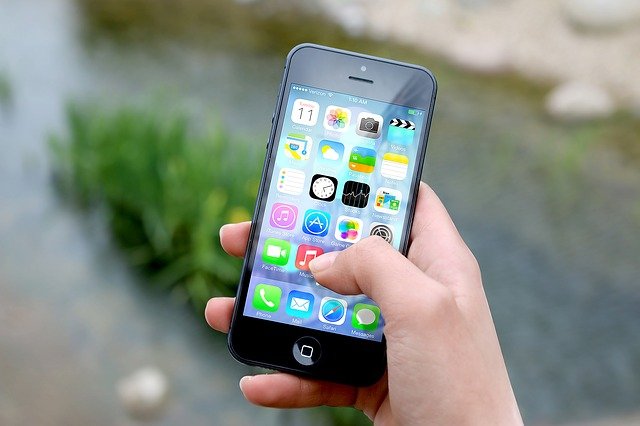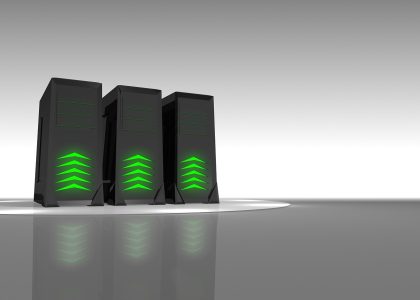
The inner workings of receiving a cellular signal?
The signal strength of a cell phone is measured in decibels. This refers to the signals received from a cellular network. Signal strength can range between -30 and -110 dBm. The stronger the signal strength, the closer it is to 0 A good signal strength is one that measures less than -85dBm.
There are bars that indicate the device’s signal strength. However, in regard to signal strength, this might not be the correct reading. Because there is no industry standard on what a bar means or how it measures your 3G voice or 4G data performance, this is because there aren’t any. For example, two bars of coverage on one network might be different on another. Though dissimilar, the number of bars that you see will vary depending on the company that made it, where you are using it, and many other factors
Follow these steps to use Field Test Mode Android with an active cellular network: although you will experience different settings with each different type of phone that is produced, you can use the different navigation features on your phone to find the following:
- “About The Phone”
- “Status”
- “Network Type & Strength”
Alternative navigation for Android devices using Field Test Mode is:
1. “Settings”
- “More Settings”
- “About Phone”
- “Mobile Networks”
- “Signal Strength”
Field Test Mode can be accessed on some older Android phones by simply going to:
- “Open Settings”
- “General”
- “About Device”
- To display signal strength in decibels, select “Status”.
You can check your device operation guide if you’re unable to determine the signal strength of your Android device using any of these methods. SignalCheck Lite is another app available on the Play Store that may be able to help you determine your signal strength.
If the dBm number is really close to 0, the stronger the signal. For example, -50 is a good signal while -100 is not going to be very strong at all.
The strongest cell signal comes from phones that are within close proximity of cell towers. It is rare to find an area without cell tower infrastructure. However, many environmental factors can hinder cell signals from reaching your phone. I would highly recommend that you see ‘Signal Solutions‘.
Why would your cell signal be blocked?
Most likely, dropped calls are the result of being in the middle of sending or receiving messages or documents, and then the connection disappears, coming to a full stop or perhaps it is just slowing down. It could happen a tunnel, subway, garage or perhaps you are just walking down the street on your way to an office building where you have a meeting that day. It is also possible, like so many people of experience, that you are simply in a proverbial dead zone, where the signal strength is simply nonexistent. According to research, many Americans report dropping calls and just a few of them say this can happen multiple times throughout the day, regardless of what they do or how they try to maintain the signal.
What is it that blocks cell signals even when there are many cell towers? There are many factors that can block cell signals. Natural environmental barriers can block cell signals, such as thick forests or mountainous terrain. Strong cell signals can be impeded indoors by common building materials like brick, concrete, steel, and concrete, as well as LEED-certified windows.
This problem is likely to continue to get worse over time, primarily because of the vast number of people that are consistently using cell phones, as well as new customers that are taking up bandwidth, causing the networks to become increasingly unreliable regardless of who your mobile is service actually originates from. You will most likely experience a delay in service at venues where there are many people, such as a conference that you are attending, or a large gathering such as a wedding and other events where many people in the group are using their mobile phones.




